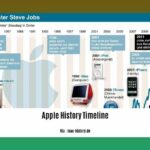Witness the profound impact of personal computing in our article, “The Rise of Personal Computing: A Technological Revolution.” Join us as we explore how this transformative era has reshaped our lives, empowering individuals with unprecedented access to information, communication, and entertainment.
Key Takeaways:
- PCs revolutionized how people worked and used technology.
- PCs enabled tasks like word processing and graphics design from home.
- The personal computer industry emerged in 1977 with the Apple II, TRS-80, and PET.
- PCs are among the most influential inventions of the 20th century, finding uses in numerous fields.
Rise of Personal Computing
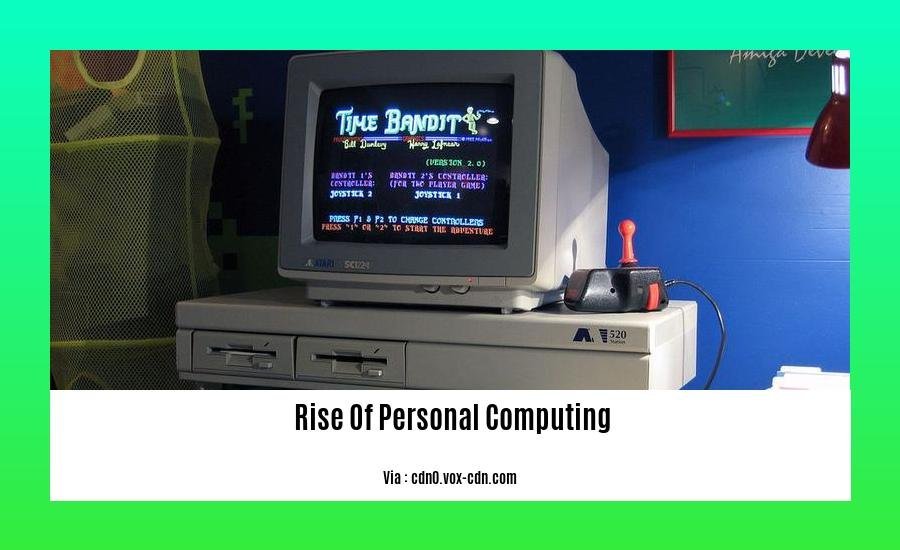
The personal computer (PC) revolutionized the way we work, learn, and connect. Before the rise of personal computing, computing was primarily limited to large, expensive mainframes accessed by a select few.
Early Days of Personal Computing
The rise of personal computing can be traced back to the 1970s with the release of the Apple II and TRS-80. These early PCs were limited in capabilities compared to today’s standards but laid the foundation for the industry.
Key Players:
| Company | Year | Model |
|---|---|---|
| Apple | 1976 | Apple I |
| Tandy | 1977 | TRS-80 |
| Commodore | 1977 | PET |
Evolution of the PC
Over the years, PCs have evolved dramatically, becoming more powerful, affordable, and versatile. The introduction of the IBM PC in 1981 marked a significant milestone, establishing a standard architecture that enabled compatibility and innovation.
** Key Advancements:**
- Graphical user interfaces (GUIs)
- Increased processing power
- Expansion of storage capacity
- Wireless connectivity
Impact of Personal Computing
The rise of personal computing has had a profound impact on various aspects of our lives.
Work: PCs have transformed how we work, enabling remote work, increased productivity, and improved collaboration.
Education: PCs have enhanced learning by providing access to educational resources, interactive simulations, and online courses.
Entertainment: PCs have become a primary source of entertainment, offering video games, streaming services, and social media platforms.
Conclusion
The rise of personal computing has empowered individuals and revolutionized industries. From humble beginnings to today’s sophisticated machines, PCs have become an integral part of our lives, connecting us, empowering us, and shaping the future of technology.
Be awed as you trace the captivating evolution of computers from humble beginnings to their present-day ubiquity. Dive into the fascinating world of mechanical calculating devices, the forerunners of our modern marvels. Discover the pivotal role of the invention of the transistor in unlocking the limitless possibilities of the digital age.
The Different Types of Personal Computers
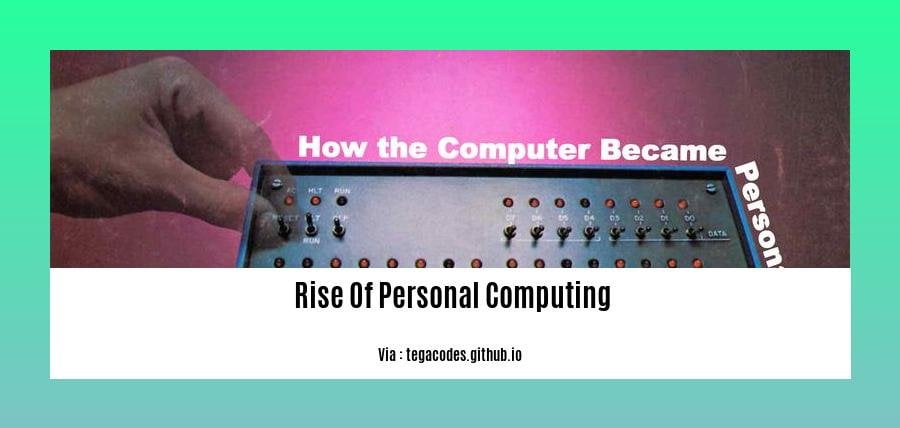
In the 1970s, personal computers emerged, revolutionizing technology and our daily lives. These pre-assembled, mass-produced machines, such as the Apple II, TRS-80, and Commodore PET, brought computing to the masses.
Desktops
Desktops are traditional personal computers designed for everyday use. They typically consist of a central processing unit (CPU), memory, storage, and input/output devices such as a keyboard, mouse, and monitor. Desktops offer flexibility and customization options, making them suitable for various tasks, including work, gaming, and entertainment.
Laptops
Laptops are portable personal computers designed for mobility. They combine a desktop-like computing experience with the convenience of being carried around. Laptops typically have built-in keyboards, trackpads, and displays, making them easy to use on the go. They are ideal for professionals, students, and travelers who need to work or stay connected while away from home.
Tablets
Tablets are ultra-portable personal computers that prioritize touchscreen interaction. They typically feature smaller displays than laptops and lack physical keyboards. Tablets are great for consuming media, browsing the web, and running lightweight applications. They are popular among casual users and those who value portability over performance.
Hybrids
Hybrids combine the features of laptops and tablets, offering flexibility and versatility. They typically have detachable or foldable keyboards, allowing users to switch between laptop and tablet modes. Hybrids are suitable for users who want the best of both worlds, combining productivity with portability.
All-in-Ones
All-in-Ones (AIOs) integrate the components of a desktop computer into a single unit with a built-in display. They offer a sleek and space-saving design, making them ideal for small spaces or home offices. AIOs provide a desktop-like experience without the need for separate components.
Key Takeaways:
- The rise of personal computers brought computing to the masses, revolutionizing technology and our daily lives.
- Desktops offer flexibility and customization options for various tasks.
- Laptops combine portability with desktop-like computing experience.
- Tablets prioritize touchscreen interaction and are ideal for consuming media and browsing.
- Hybrids offer versatility by combining laptop and tablet features.
- All-in-Ones provide a sleek and space-saving desktop experience with integrated components.
Citations:
The Benefits and Limitations of Personal Computing
The Benefits of Personal Computing
The advent of personal computers has undeniably transformed our world. In the late 1970s, preassembled PCs like the Apple II and TRS-80 democratized computing, making it accessible to the masses. Since then, PCs have become indispensable tools for work, education, and entertainment.
Productivity and Collaboration
PCs have revolutionized work environments. The ability to process data, create documents, and communicate digitally has streamlined tasks and enhanced productivity. Collaborative software platforms allow teams to work together from anywhere, fostering efficiency and innovation.
Educational Opportunities
PCs have opened up a universe of educational resources. Students have access to vast online libraries, interactive simulations, and virtual classrooms, enriching their learning experiences beyond the confines of traditional textbooks.
Entertainment and Socialization
PCs have become a primary source of entertainment, providing access to countless video games, streaming services, and social media platforms. They offer immersive gaming experiences, connect us with loved ones, and foster online communities.
The Limitations of Personal Computing
Despite their transformative benefits, PCs also have their limitations.
Digital Divide
Personal computers can be expensive, and access to them is still limited in certain regions and demographics. This digital divide poses challenges for equity and inclusion in education, job markets, and social engagement.
Security Concerns
PCs are vulnerable to cyberattacks, malware, and data breaches. Users need to be vigilant about software updates, security measures, and responsible online practices to protect their personal information and privacy.
Physical and Mental Health Impacts
Prolonged use of PCs can lead to physical discomfort such as eye strain, neck pain, and repetitive stress injuries. Additionally, excessive screen time can contribute to mental health issues like anxiety, depression, and sleep disturbances.
Key Takeaways:
- Personal computers have revolutionized work, education, and entertainment.
- PCs offer benefits such as productivity, educational opportunities, and entertainment.
- Limitations include the digital divide, security concerns, and potential physical and mental health impacts.
References
Personal computer – Wikipedia
Personal computer (PC) | Definition, History, & Facts
The Future of Personal Computing**
Key Takeaways:
- Cloud computing has become a staple, enabling seamless access to data and applications from anywhere.
- Social media weaves us together and shapes communication and information consumption.
- Privacy initiatives aim to empower users, enhancing their control over personal information.
- Artificial intelligence advances rapidly, bringing natural language processing and AI-driven computing to the forefront.
- Quantum computing, AI, and sustainable computing hold transformative potential for personal computing.
- Visual computing empowers advanced capabilities and applications, enhancing user experiences.
- Augmented reality (AR) and virtual reality (VR) technologies immerse us in virtual worlds, expanding our horizons.
- Personalization and customization tailor devices and software to individual needs and preferences.
The future of personal computing is a landscape of endless possibilities, where technology continues to evolve and reshape our lives. The advancements we have witnessed in recent years are only a glimpse of what is to come. As we move forward, let us embrace the excitement and innovation that lies ahead.
Relevant URL Sources:
– The Future of Personal Computing: Predictions for the Next Decade
– Why Visual Computing Is The Future Of Personal Computing
FAQ
Q1: How did the rise of personal computing impact everyday life?
Q2: What were the key factors that led to the widespread adoption of personal computers?
Q3: How did personal computers transform the way people work and collaborate?
Q4: What were some of the challenges and limitations of early personal computers?
Q5: How has the rise of cloud computing and mobile devices influenced the evolution of personal computing?
- Unlock English Vocabulary: The Comprehensive Con Prefix Guide - April 20, 2025
- Unlock Wordle & Scrabble Wins: Mastering Words with S, T, A, R, T - April 20, 2025
- Unlock 6000+ words beginning with he: A comprehensive analysis - April 20, 2025
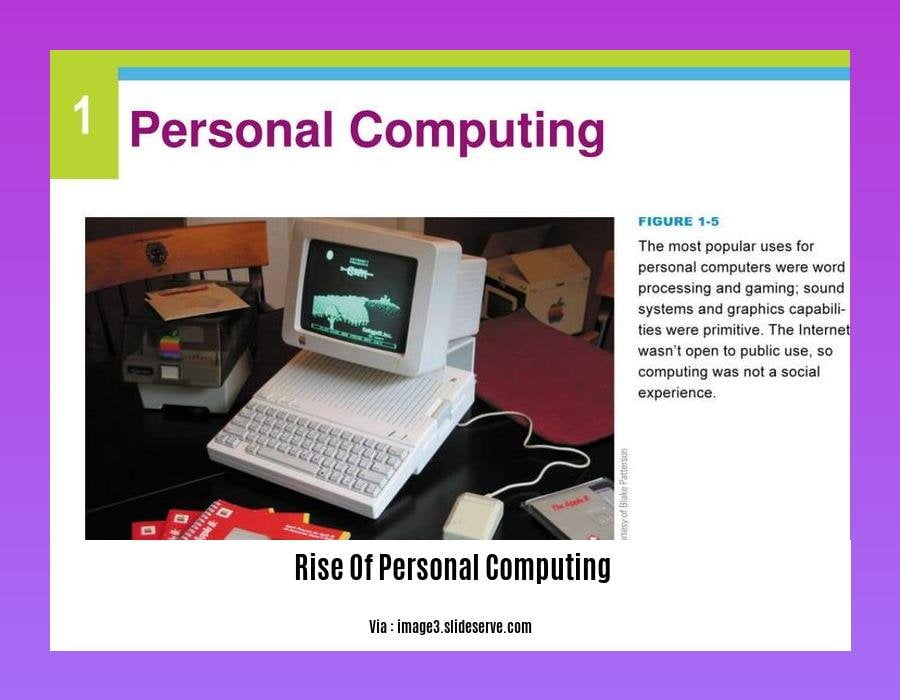
![The Evolution of the Apple Store: A Comprehensive Timeline of Retail Innovation [Apple Store History Timeline] apple-store-history-timeline_2](https://www.lolaapp.com/wp-content/uploads/2023/12/apple-store-history-timeline_2-150x150.jpg)


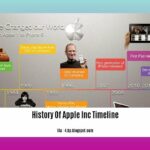
![Unveiling Apple's Legacy: A Comprehensive Timeline of Innovation [apple company history timeline] apple-company-history-timeline_2](https://www.lolaapp.com/wp-content/uploads/2023/12/apple-company-history-timeline_2-150x150.jpg)
